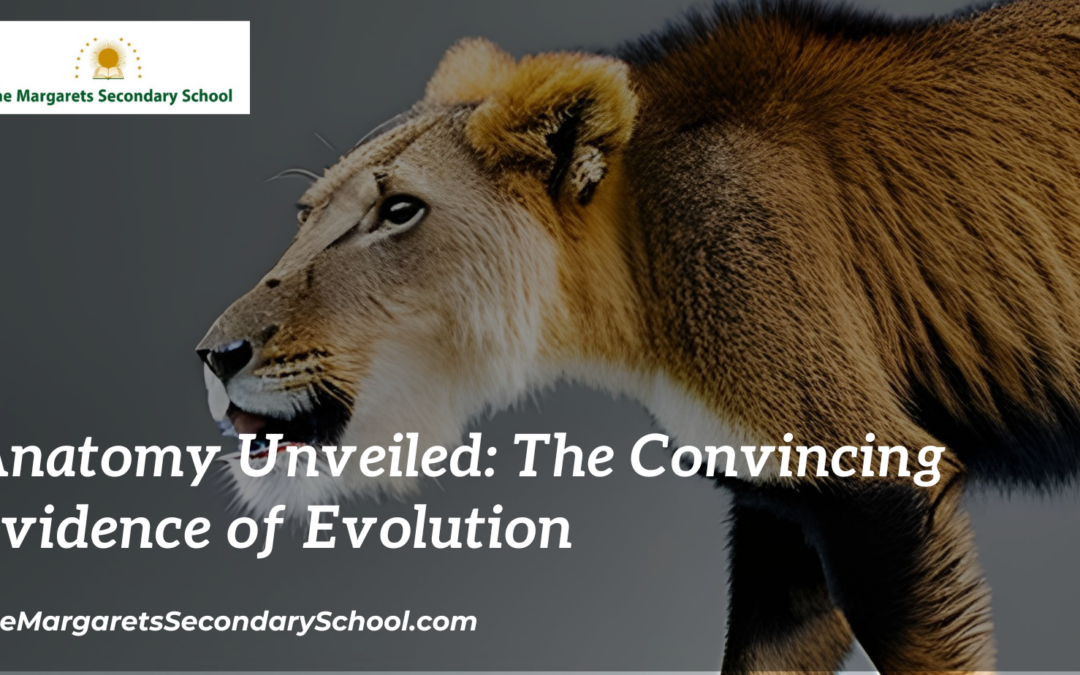Evidence of Evolution: Anatomy
The study of anatomy has revealed some of the most compelling evidence in support of the theory of evolution. By examining the structures and features of living organisms, scientists have uncovered a wealth of clues that attest to the shared ancestry and gradual changes that have shaped life on Earth. This article delves into the fascinating world of anatomical evidence for evolution, shedding light on the remarkable connections between different species and their evolutionary history.
Homologous Structures: Common Blueprints
One of the most striking pieces of evidence for evolution lies in the existence of homologous structures. Homologous structures are anatomical features found in different species that share a common evolutionary origin. Despite serving different functions, these structures exhibit similarities in their underlying anatomical arrangement. For example, the pentadactyl limb, characterized by five digits, can be observed in various mammals, including humans, bats, whales, and cats. The shared presence of this structure in diverse organisms indicates a common ancestor with this trait.
Vestigial Organs: Relics of the Past
Vestigial organs are remnants of once-functional structures that have lost their original purpose over time due to changes in an organism’s environment or lifestyle. These organs often provide strong evidence of evolution, as they suggest a history of adaptations. A classic example is the human appendix, a small pouch-like structure in the digestive system. While it may have had a digestive function in the ancestors of humans, it serves little purpose in modern humans. The presence of vestigial organs underscores the process of adaptation and change over long periods of time.
Embryological Similarities: Ontogeny and Phylogeny
Embryological development offers another compelling line of evidence for evolution. The principle of “ontogeny recapitulates phylogeny” suggests that the developmental stages of an organism’s embryos reflect the evolutionary history of their ancestors. For instance, during early development, human embryos display gill slits and a tail, reminiscent of the features seen in fish embryos. Although these structures are not retained in the adult human, their presence in embryos aligns with the evolutionary history of vertebrates.
Analogous Structures: Adaptation to Similar Environments
Analogous structures are anatomical features that have similar functions but different evolutionary origins. These structures arise when unrelated species adapt to similar environmental pressures. The wings of birds and bats are a classic example of analogous structures. Despite having different anatomical structures underlying their wings, both birds and bats have independently evolved the ability to fly in response to the same ecological demands.
Transitional Fossils: Bridging the Gaps
Transitional fossils provide direct evidence of evolutionary change by bridging the gaps between different groups of organisms. These fossils exhibit traits that are intermediate between ancestral and descendant species, showcasing the gradual transitions that occur over time. One famous example is the Archaeopteryx, a fossil with features of both reptiles and birds, offering crucial insights into the evolution of flight.
Conclusion
The evidence from anatomy serves as a tangible testament to the theory of evolution. Homologous structures, vestigial organs, embryological similarities, analogous structures, and transitional fossils collectively paint a vivid picture of the interconnectedness of life and the gradual changes that have unfolded over millions of years. As scientists continue to explore the intricate details of anatomical relationships, they uncover the hidden narratives of evolution that link all living organisms on our planet. Through the lens of anatomy, we gain a deeper appreciation for the unity and diversity that define the living world.





